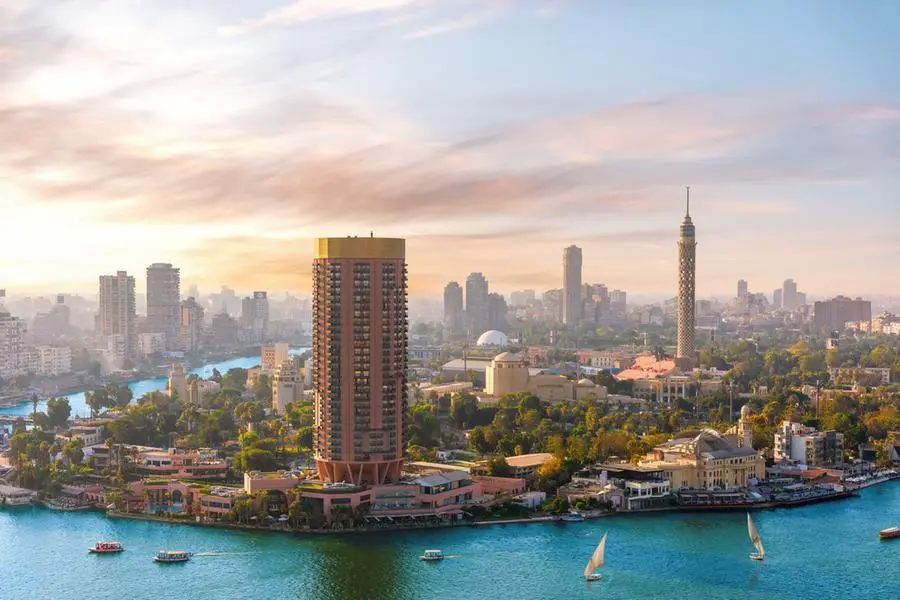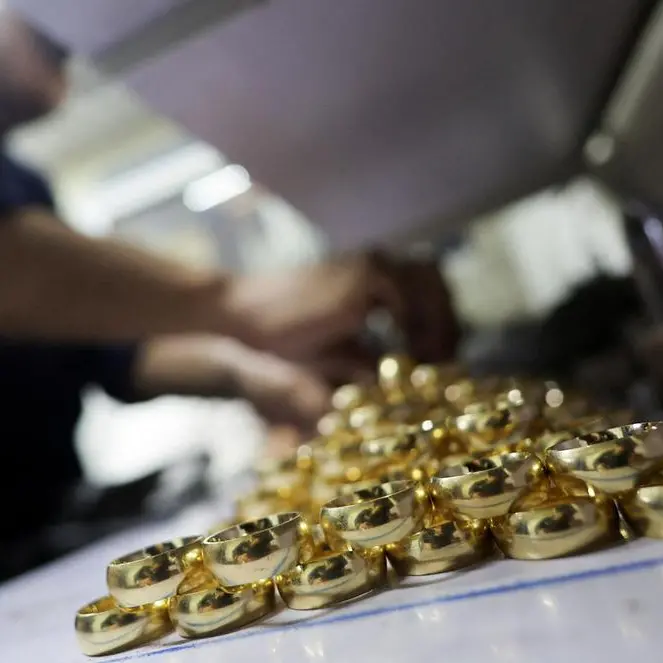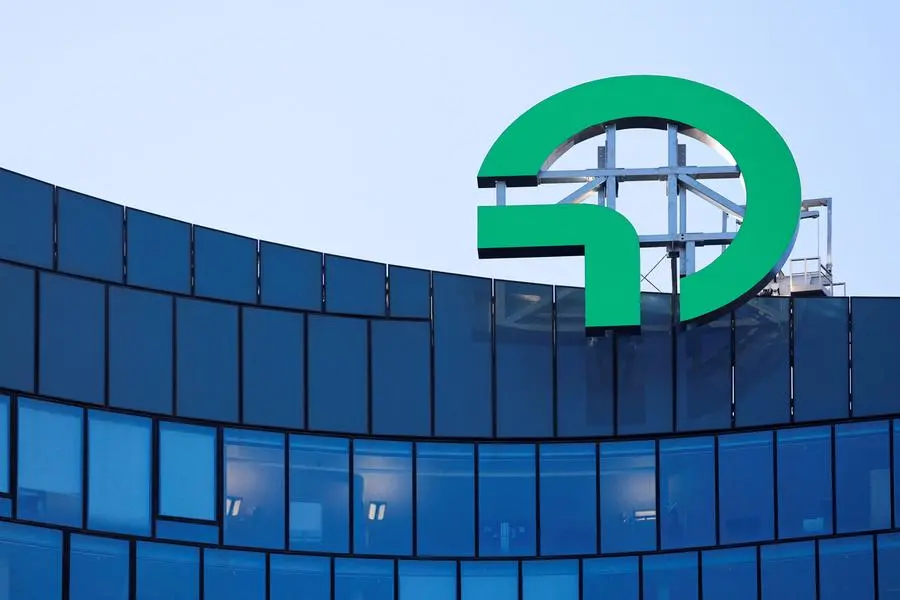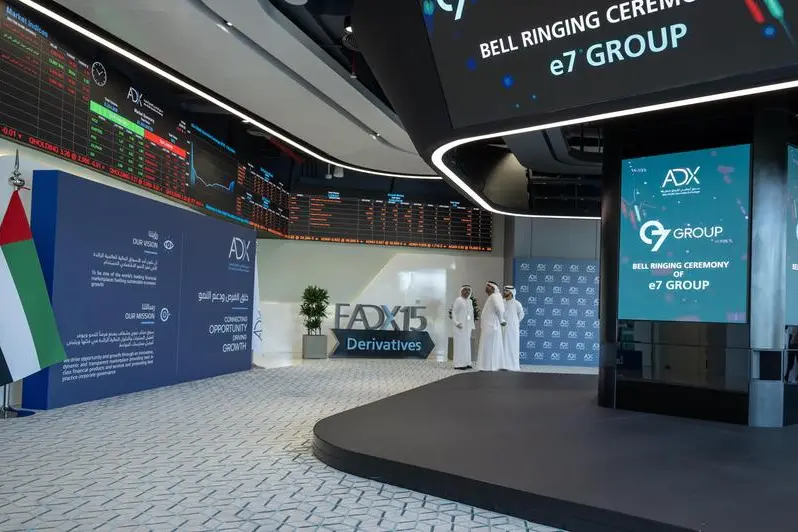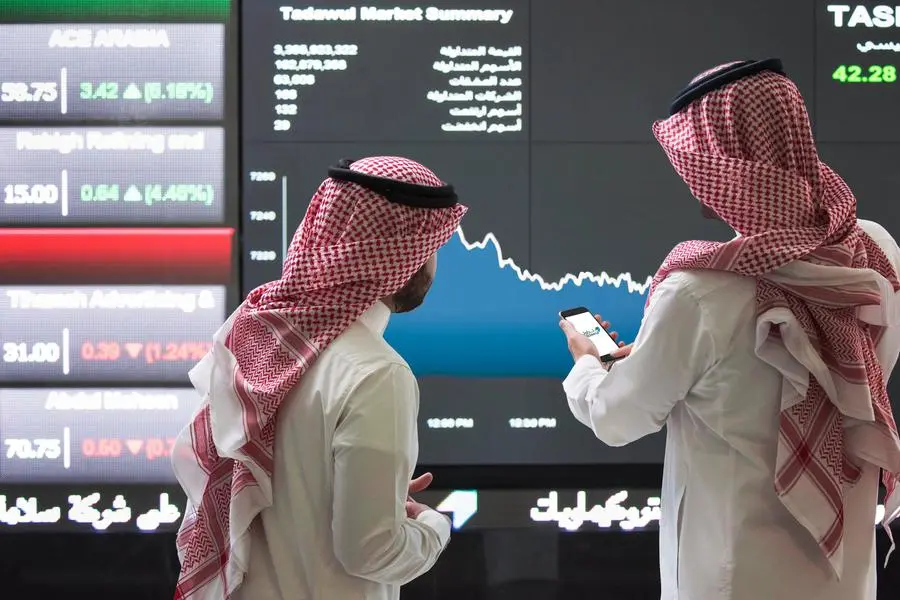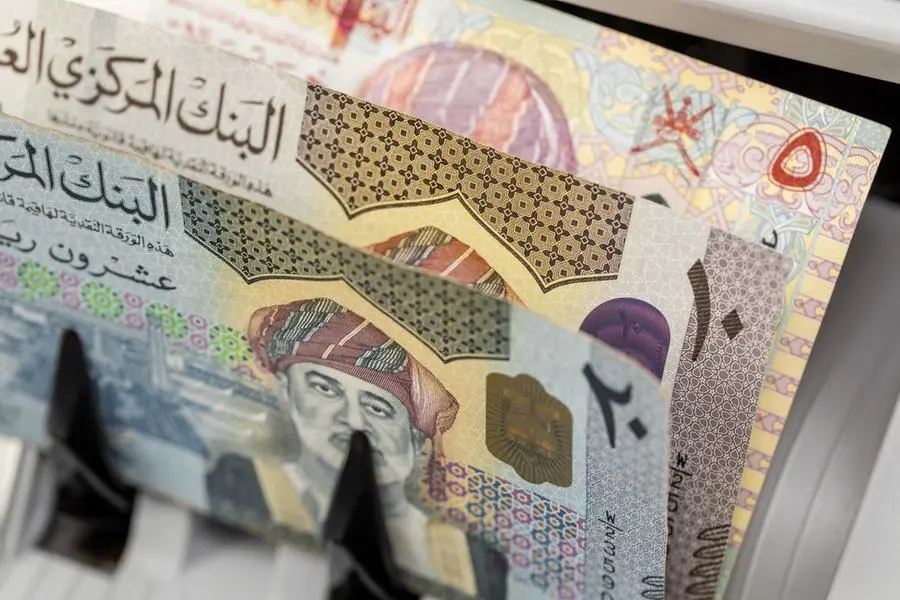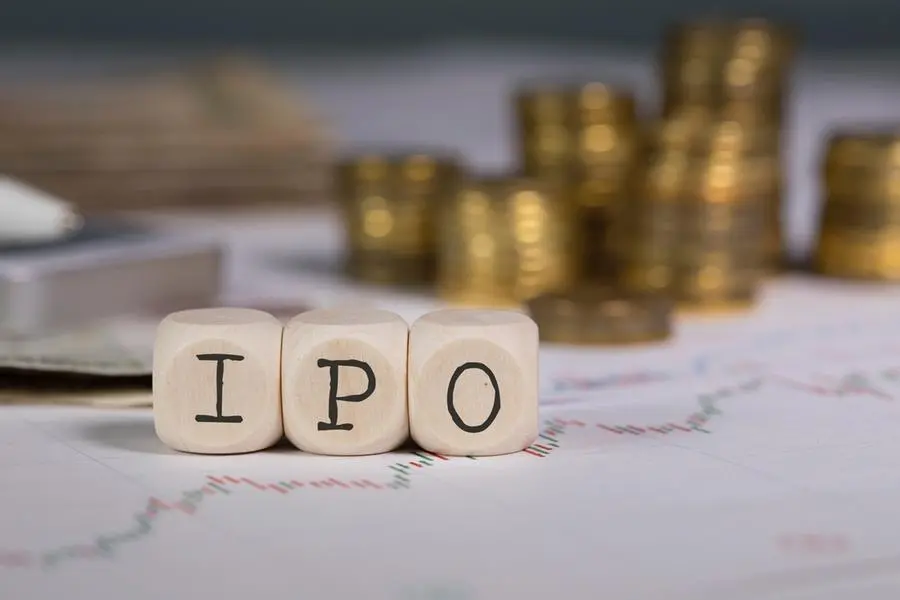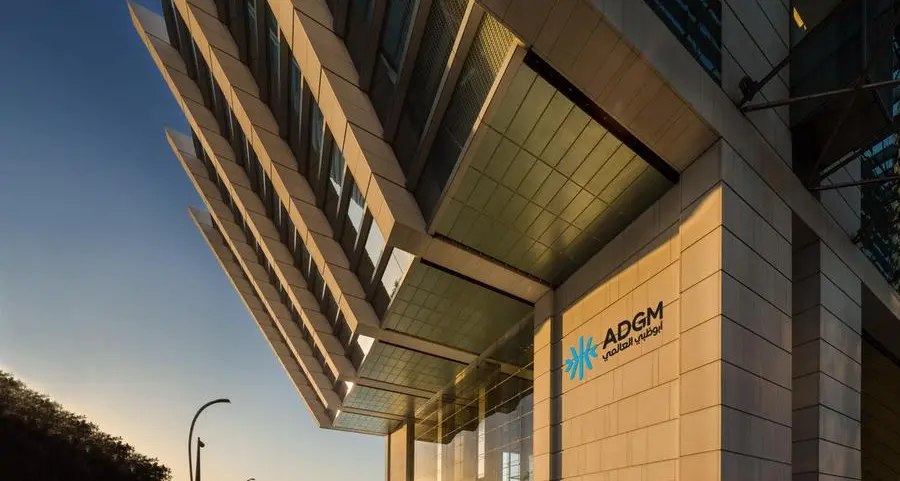PHOTO
Gezira island on the Nile at sunset, exclusive aerial view of Cairo, Egypt. Getty Images Image for illustrative purpose
Stabilising economic conditions, easing price pressures and improved demand prospects saw Egypt’s non-oil private companies report an uptick in sales volumes in June, the first positive trend since August 2021, according to the latest Purchasing Managers’ Index (PMI).
The S&P Global Egypt PMI ticked up to 49.9 in June, a slight increase from May’s 49.6, and fractionally shy of the 50.0 mark, which separates growth from contraction. The June PMI was also notably at its highest level in three years, with the economy seemingly buoyed following the expanded $8 billion IMF loan programme and a cash infusion from the UAE $35 billion Ras Al-Hekma deal in Q1.
Output levels fell at the softest rate in nearly three years, while the volume of input purchases rose for the first time since December 2021. Input-cost inflation remained soft as well, despite accelerating to a three-month high, leading to another modest rise in selling charges, survey data revealed.
While manufacturing and service industries witnessed a moderate rise in new orders, a decline in construction, wholesale and retail presented a mixed picture.
A “sharp increase” in new export orders in June, the strongest recorded in 2.5 years, bolstered total sales, with non-oil firms reporting greater efforts in expanding capacity. Notably, purchases of inputs increased in June for the first time since December 2021.
Employment numbers were also relatively stable, although some firms opted to streamline their workforces amid rising sales with reported layoffs and a non-replacement of leavers. This also affected confidence in future activity, the lowest seen on record, as firms remained uncertain about economic prospects following recent volatility in financial conditions.
Inflationary pressures remained suppressed, despite rising costs, with the rate of input price inflation still slower than at the start of the year during Egypt’s foreign currency crisis.
David Owen, Senior Economist at S&P Global Market Intelligence, said the latest PMI data reflected Egypt non-oil economy “heading on the road to recovery.”
“Although output levels continued to fall on average, they were also close to growth territory, as business capacity was helped by a fresh increase in the buying of inputs,” he said. “If we see further rises in sales and purchases in the second half of this year, firms should have the motivation and need to expand their output.”
Owen added that another positive has been a cooling in price pressures since the onset of Egypt’s currency crisis in Q1. “While June saw the fastest rise in input prices for three months, firms generally commented that this was due to a high degree of volatility in market prices rather than an accelerating inflation trend,” he said.
(Writing by Bindu Rai, editing by Seban Scaria)
